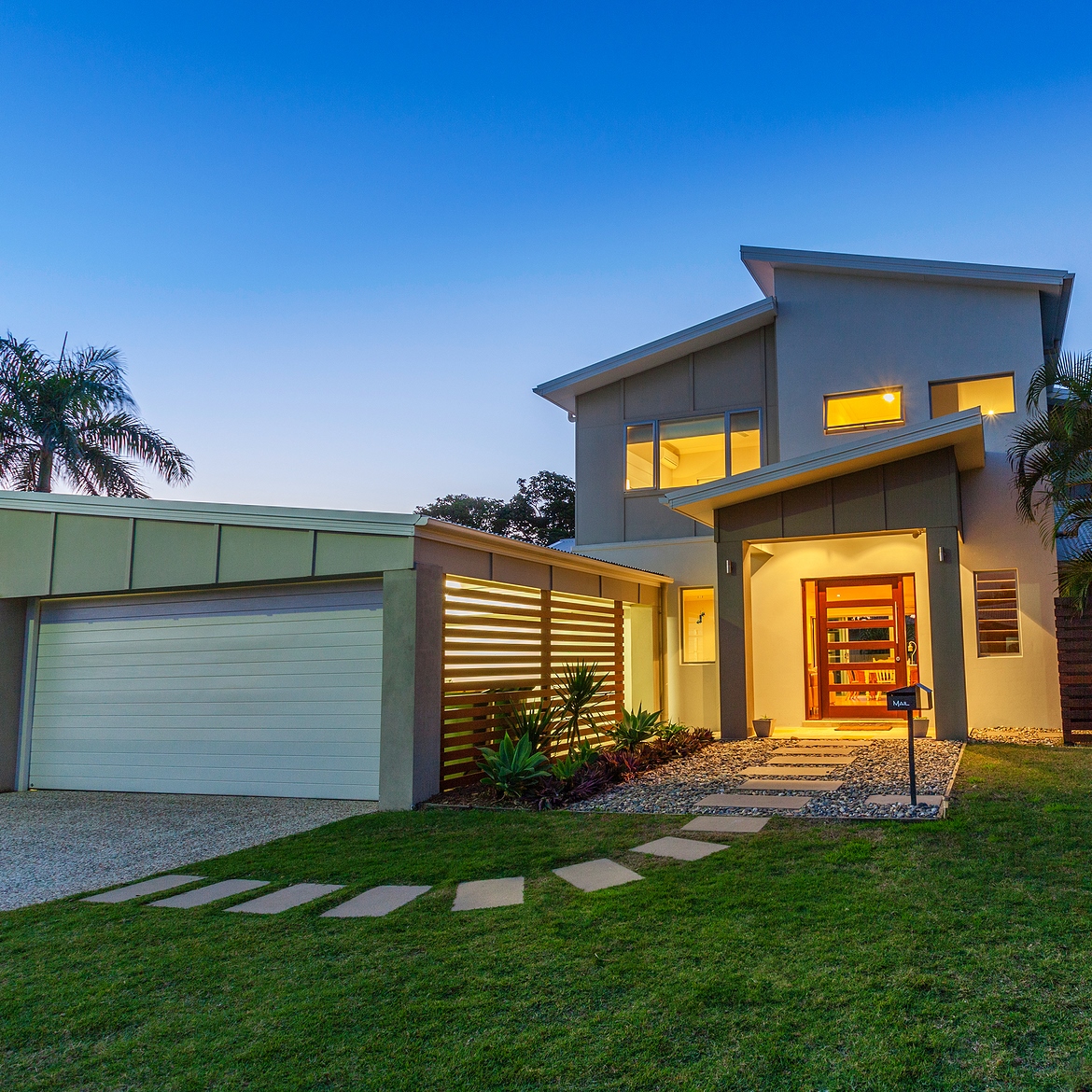A comfortable home is one that feels good to live in all year. In Australia, that means creating spaces that handle heat, light, and changing weather with ease. From the right materials to smarter layouts, a few simple design upgrades can make your home more pleasant, efficient, and welcoming through every season.
Here are practical ways to improve year-round comfort both inside and out.
1. Strengthen Insulation and Ventilation
Temperature control begins with insulation. Well-insulated ceilings, walls, and floors reduce the need for heating and cooling, saving energy while keeping your home at a steady temperature.
Check seals around doors and windows, as even small gaps can let in drafts or hot air. In summer, allow cross-ventilation by opening windows at opposite ends of the house. This draws in cooler air and pushes warm air out naturally.
Ceiling fans also help circulate air and cost far less to run than air conditioners.
2. Control Light and Heat Through Windows
Windows can be a major source of heat gain in summer and heat loss in winter. That’s where good window furnishings make a difference.
Honeycomb blinds are one of the most effective ways to keep rooms comfortable. Their distinctive cell design traps air, forming a layer that insulates the window surface. This helps maintain warmth during winter and block excess heat in summer.
They’re also stylish and adaptable. Available in blockout or light-filtering fabrics, they suit bedrooms, living areas, and even skylights. With a slim, clean finish, they fit well in both modern and classic homes while adding comfort you can feel every day.
3. Balance Color and Texture
Color plays a quiet but powerful role in how spaces feel. Warm shades like beige, caramel, or muted terracotta bring softness in winter, while cool neutrals such as off-white or gray make rooms feel light in warmer months.
Texture matters too. Pair smooth finishes with woven materials, timber tones, and soft rugs to create warmth and variety. Natural fabrics and tactile layers help rooms feel calm and lived-in, not stark or sterile.
4. Improve Lighting for Comfort and Mood
Lighting affects both function and atmosphere. Replace bright white bulbs with warm tones in living areas to create a softer feel. In workspaces, opt for cooler light to help focus.
Layer your lighting, use a mix of ceiling, wall, and floor lamps instead of one strong source. This approach reduces glare and gives better control throughout the day.
If possible, install dimmers or smart bulbs to adjust brightness based on the time of day and season.
5. Extend Living Spaces Outdoors
Outdoor living is a cornerstone of Australian life, but comfort often depends on how well you manage sun and shade. Too much exposure makes decks and patios unusable in summer, while rain can cut gatherings short.
Awnings create flexible shade and shelter, allowing you to enjoy outdoor areas more often. They provide cover on hot days and retract easily when you want open sky. Folding arm styles work well for patios and balconies because they extend wide without posts, keeping the area open.
For homes in areas with mixed weather, retractable roof systems provide stronger protection from both sun and rain. Choosing a locally made awning ensures it’s built for Australian conditions, with durable fabrics and colors that hold up well year after year.
Besides improving comfort, awnings also protect furniture and doors from sun exposure, helping your outdoor areas last longer while looking sharp.
6. Add Smart Climate Control
Smart thermostats and zoned heating or cooling give precise control across different rooms. These systems learn your habits and adjust automatically, maintaining a comfortable temperature without wasting energy.
When combined with proper insulation and shading, smart climate control makes your home efficient and easy to live in, no matter the season.
7. Refresh Your Flooring
The floor you walk on changes how your home feels underfoot. In cooler regions, timber and vinyl hold warmth better than tiles. In warmer areas, tiles and polished concrete help dissipate heat.
Adding rugs where you need softness can instantly improve comfort. Natural materials like wool or jute work well year-round, adding both texture and insulation.
8. Design for Zones and Flow
Open-plan layouts look spacious, but they can make it harder to regulate temperature. Creating zones with sliding screens, partial walls, or bookcases helps contain heating or cooling where it’s needed.
Defined zones also make living areas feel more intimate and functional without closing them off completely.
9. Bring Nature Indoors
Plants are a simple, low-cost way to improve comfort. They filter the air, balance humidity, and soften the feel of hard surfaces.
Use larger potted plants near windows to diffuse sunlight and smaller ones to add life to corners. Outdoors, planters or vertical gardens can help create shaded, green areas that cool the surrounding air naturally.
10. Choose Quality Materials Built for the Climate
Australian weather can be demanding, from coastal salt air to inland heat. Investing in durable materials saves time and effort later.
Timber treated for moisture, fade-resistant fabrics, and weather-proof finishes all last longer and perform better. Locally made products often suit these conditions best, ensuring your upgrades hold up over time.
Pulling It All Together
Design upgrades don’t need to be major renovations to make a noticeable difference. The right mix of insulation, airflow, shading, and smart technology can transform your home into a comfortable retreat every day of the year.
Indoor solutions like honeycomb blinds keep rooms warm in winter and cool in summer. Outdoor solutions like awnings make patios, decks, and courtyards usable through more of the year. Together, they create a balance between comfort, style, and practicality.
Whether you’re updating one room or the whole house, start with design choices that work for Australia’s climate. A comfortable home isn’t just about appearance; it’s about how it feels to live in every day.
